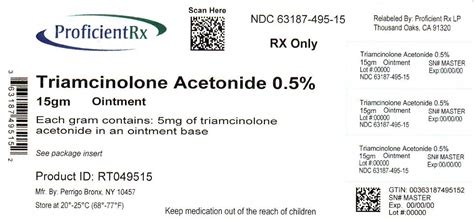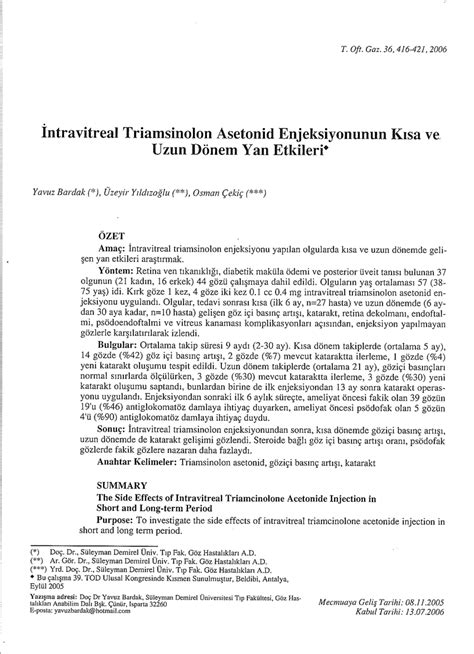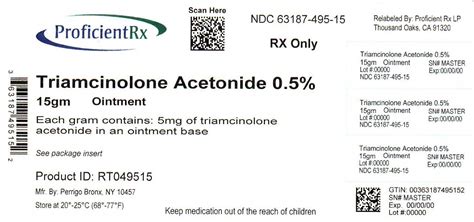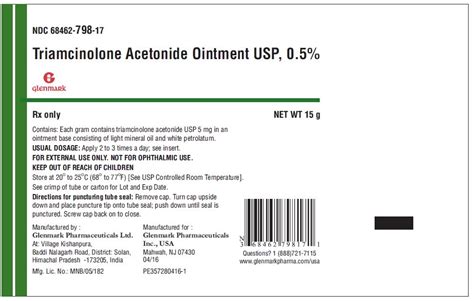Intro
Discover the potential Triamcinolone Acetonide side effects, including skin reactions, adrenal suppression, and mood changes, and learn how to manage them with proper usage and precautions.
The use of triamcinolone acetonide, a synthetic corticosteroid, has become widespread in the treatment of various medical conditions, including skin disorders, allergies, and respiratory issues. While it is effective in reducing inflammation and suppressing the immune system, triamcinolone acetonide can also cause a range of side effects. Understanding these potential side effects is crucial for patients, healthcare professionals, and caregivers to ensure safe and effective treatment.
Triamcinolone acetonide is available in various forms, including creams, ointments, lotions, injections, and oral tablets. The route of administration and the duration of treatment can influence the likelihood and severity of side effects. Patients should be aware of the possible risks associated with triamcinolone acetonide and report any concerns or unusual symptoms to their healthcare provider.
The importance of monitoring side effects cannot be overstated, as some reactions can be severe and even life-threatening. Furthermore, the long-term use of triamcinolone acetonide can lead to dependence, and sudden withdrawal can cause rebound effects. It is essential to weigh the benefits of treatment against the potential risks and to explore alternative options when possible.
Common Side Effects of Triamcinolone Acetonide

- Increased appetite and water retention
- Fatigue, dizziness, and lightheadedness
- Nausea, vomiting, and stomach upset
- Headaches and muscle weakness
- Menstrual irregularities and changes in libido
Less Common but Serious Side Effects
While less common, some side effects of triamcinolone acetonide can be severe and require immediate medical attention. These include:- Allergic reactions, such as hives, difficulty breathing, and swelling of the face, lips, or tongue
- Increased risk of infections, such as pneumonia, tuberculosis, and fungal infections
- Osteoporosis, osteonecrosis, and fractures
- Cataracts, glaucoma, and other eye problems
- Hypertension, cardiac arrhythmias, and congestive heart failure
Long-Term Side Effects of Triamcinolone Acetonide

- Adrenal insufficiency and Cushing's syndrome
- Growth suppression in children and adolescents
- Osteoporosis and increased risk of fractures
- Cataracts and glaucoma
- Skin atrophy, striae, and telangiectasias
Special Considerations for Pregnant and Breastfeeding Women
Triamcinolone acetonide can cross the placenta and may affect fetal development. Pregnant women should only use the medication under close medical supervision. Breastfeeding women should also exercise caution, as the medication can pass into breast milk and potentially harm the infant.Managing Side Effects of Triamcinolone Acetonide

- Follow the prescribed dosage and treatment duration
- Monitor their condition closely and report any changes or concerns to their healthcare provider
- Use the medication as directed, and avoid applying it to broken or irritated skin
- Avoid sudden withdrawal, as this can lead to rebound effects
Alternative Treatments and Prevention Strategies
For patients who experience severe or persistent side effects, alternative treatments may be necessary. These can include:- Topical corticosteroids with lower potency
- Non-steroidal anti-inflammatory drugs (NSAIDs)
- Immunosuppressants, such as cyclosporine or methotrexate
- Lifestyle modifications, such as stress reduction, exercise, and a balanced diet
Conclusion and Future Directions

We invite readers to share their experiences and concerns about triamcinolone acetonide side effects. Your feedback and questions can help us better understand the needs of patients and healthcare providers, and ultimately improve the safety and efficacy of treatment.
What are the most common side effects of triamcinolone acetonide?
+The most common side effects of triamcinolone acetonide include skin thinning, redness, and itching at the application site, as well as systemic side effects such as weight gain, mood changes, and insomnia.
Can triamcinolone acetonide cause long-term side effects?
+Yes, prolonged use of triamcinolone acetonide can lead to long-term side effects, including adrenal insufficiency, growth suppression, osteoporosis, and cataracts.
How can I minimize the risk of side effects when using triamcinolone acetonide?
+To minimize the risk of side effects, follow the prescribed dosage and treatment duration, monitor your condition closely, and report any changes or concerns to your healthcare provider.
